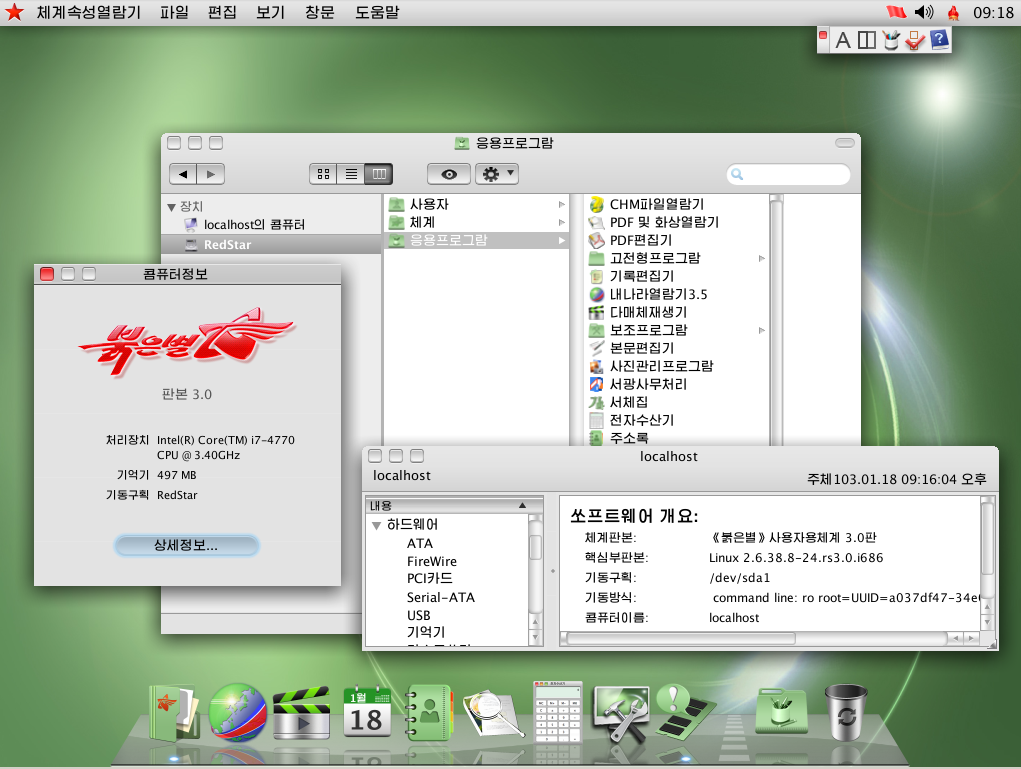The current buzzword in the cybernetic front is that the newest version of the official operating system of the North Korean establishment, Red Star OS, derives abundant design cues from esteemed Mac OS X software from Apple. This operating mechanism aims to fuel and ameliorate the minority faction of the citizens of North Korea by providing them with accessibility to computers. The company looks after redesigning the system to create a more Apple like visage. Harking back, Korean Computer Center scripted Red Star, which happens to the nation’s technology research hub. It comprises a 1000 odd strong staff with offices in China, Syria, Germany and the UAE.
The center maintains the official web portal of the Democratic Republic of Korea, known as Naenara. They also manage a state-sponsored search engine. The inculcation of a free-willed and independent operating mechanism goes in parity with the country’s political baggage or doctrine of Juche, which applauds and glorifies self-reliance, liberty alongside sovereignty. Red Star thrives on the esteemed Linux, which volunteers around the globe formed and developed. Reports related to the prevalence of operating system first reached Western shores in 2010 after a Russian academic pursuing a career in Pyongyang fetched a copy of 2.0 versions on the throttle for $5 approximately.
Several students have now released different screenshots of 3.0 versions. The statement is that the offering resembles Mac, and is implementing a customized skin, which is a modified mold from a prevailing Linux theme. He says that the packaged apps infuse a Mac-like edifice, which integrates resources and contents within the application segment. Though the dual versions utilize a modified version of the KDE open source interface, the previous interface comprised an irregular countenance and disposition, which is more similar to auxiliary Linux offerings like Debian. You need a 256MB RAM to run the present version of the OS, which is a minimized Pentium III 800 MHZ.
The networking students opine that their respective campus transferred or percolated information mainly via USB sticks, which includes numerous viruses in them. According to the students, this envisages a sound idea of intelligence agencies that border around the intranet domain, which continues unabated even with subsistent air gap.
